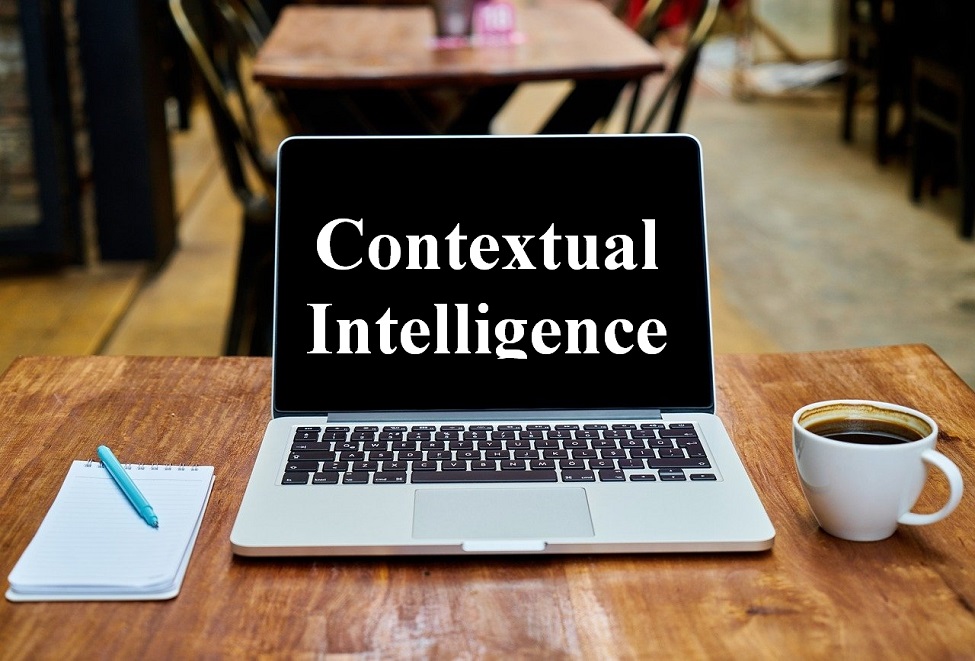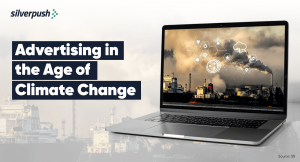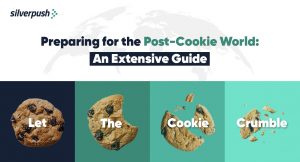How Contextual Intelligence Keeps Brands Out of Harm’s Way | 01 Jul, 2021

For marketers, ensuring brand safety is a must considering the diverse nature of the content on the internet. Online world is filled with brand unsafe content, which can be classified into more than a dozen unsafe categories such as obscenity, illegal drugs, terrorism, etc. Ads of a brand appearing next to any type of brand unsafe content heavily tarnish the image of that brand.
The large majority of respondents (87%) in a survey by Trustworthy Accountability Group and Brand Safety Institute said it is very or somewhat important for advertisers to make sure their ads don’t appear near dangerous, offensive, or inappropriate content. An overwhelming majority said they would reduce their spending on a product they regularly buy if ad of that product appears near offensive, illegal, or dangerous content.
Keyword blocking has significant limitations
Keyword-based blacklisting is a common method used by marketers for ensuring brand safety. It involves avoiding placement of ads against content containing one or more blocked keywords. A blocked keyword may also be present in the title, description, metadata, or URL.
Keyword-based blacklisting approach is marred by over-blocking of content, and therefore, can kill reach. It can lead to blocking of completely innocuous content. This is because it fails to comprehend the nuances in context, i.e., it is unable to understand the true context in which a keyword is used. For example, if “alcohol” is the blocked keyword, then the blacklisting method will not only tag a video featuring someone drinking and driving as unsafe, but will also tag a video about a recipe in which alcohol has been used as one of the ingredients as unsafe.
Contextual intelligence is the key to ensure brand safety and suitability
Contextual intelligence is the next-generation technology that goes beyond brand safety to offer a full-fledged brand suitable environment to advertisers. It analyzes content beyond keywords and understands the nuances in context to interpret the complex relationship between the words.
Powered by artificial intelligence, it understands the true meaning of the content on a page. It effectively blocks placement of ads against content that falls into one of the generic unsafe categories or is not suitable for a specific brand in terms of the nature of its business. For example, contextual intelligence technology will allow ad of an insurance brand to get placed against a car accident news, but will prevent ad of a car manufacturer from appearing next to such a content.
AI-powered contextual intelligence technology can not only detect brand unsafe and unsuitable contexts in textual content, but also in images and videos. Thus, for marketers who use video advertising for brand promotion, this technology assures them that their ads always appear against the video content that is both brand safe and suitable.
Contextual intelligence not only ensures brand safety and brand suitability, but also enables brands to deliver highly contextually relevant ads at scale to consumers for driving massive engagement. AI-powered contextual ad targeting does not involve the use of consumers’ personal data and third-party cookies, and is therefore fully compliant with the data privacy regulations. Contextual intelligence not only benefits brands in terms of safety and suitability, but also in terms of compliance, scale and engagement.

BLOGS
Super Bowl Advertising: A Month-Long, Multi-Screen Event for Brands
For Americans, there are two events that they hyped for a whole year - Football season, and waiting for football season. Football remains highly popular among Americans, with searches for "NFL Draft" and viewership numbers showing an unwavering interest in the sport. According to Google Search data, football is more ...

BLOGS
Advertising in the Age of Climate Change: The Adoption of Carbon Emission Metrics
The urgency of the climate crisis is increasing, and the media industry is no exception. While some professionals are working to reduce their direct operational emissions, there is an urgent need for common standards to be set for indirect emissions that come from digital advertising. The digital advertising industry is becoming ...

BLOGS
Complete Guide to Reaching Audience with Cookieless Advertising
What’s your alternative game plan for effective cookieless advertising? Haven't thought about it yet? The time is now! Introduction The complete year of 2022 was dedicated to cookies! Panic is setting in amongst marketers owing to mounting privacy laws and the ban on cookies, causing them to re-evaluate their strategies.







